Mickey 17 is the latest film by Bong Joon Ho, the acclaimed director behind Parasite, Snowpiercer, Memories of Murder, and Mother.
As a big fan of Bong Joon Ho, I admire his work, though his metaphorical worlds featuring creatures aren’t usually my preference. This time, Mickey 17 ventures into dystopian sci-fi, set in a futuristic world.
The main plot

Mickey 17 follows Mickey, an “expendable” worker on a mission to colonize an ice planet. Whenever he dies, his consciousness is transferred into a new cloned body, allowing him to be endlessly replaced. However, when one of his past versions refuses to be discarded, it creates a conflict that questions identity, survival, and the ethics of human expendability.
The themes
Mickey 17 explores existentialism, capitalism, class struggle, and identity, critiquing how society treats human lives as expendable resources. Beneath its sci-fi premise, it mirrors how individuals are molded and used within hierarchical systems—much like how each generation are a copy of the previous one and are shaped to serve society.
Identity and Self-Preservation
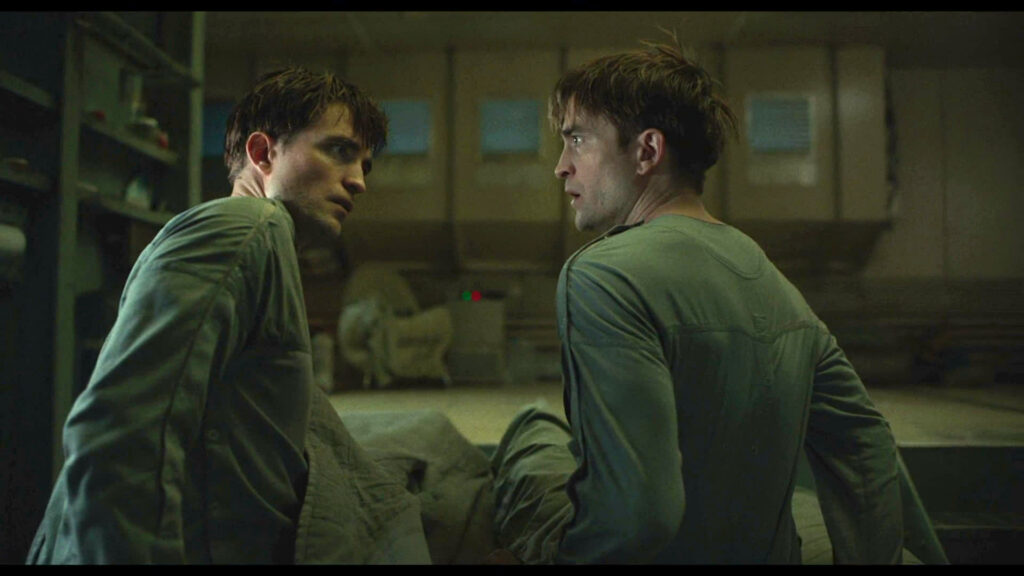
The film questions the nature of identity: is it defined by memory, experience, or physical form? With each new clone, Mickey retains the same memories but possesses a distinct set of inborn traits and personality, much like a newborn child.
Mickey 17 passively accepts his fate, while Mickey 18 resists, highlighting the struggle between compliance and rebellion. The film suggests true agency comes from resisting systems that treat individuals as expendable.
Ironically, Mickey 18, the more rebellious and self-preserving, ultimately sacrifices himself for the greater good. This reflects a harsh truth—only those with strength and controlled defiance can truly be virtuous. In contrast, the most agreeable individuals are often the easiest to exploit, much like in modern society.
Expendability and Ethics
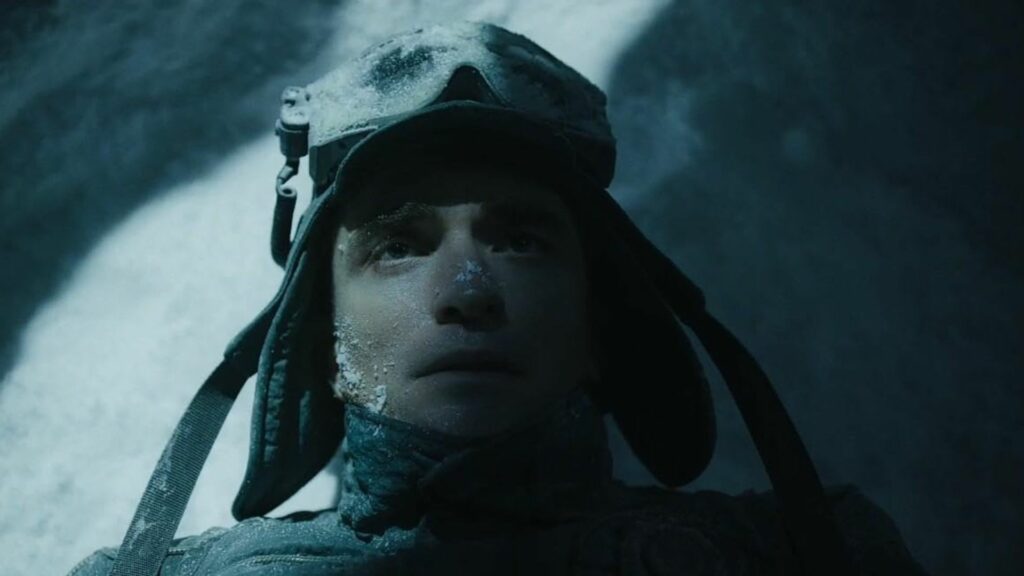
Mickey, an “expendable” worker whose consciousness transfers to a new cloned body upon death, represents how capitalism treats workers as disposable. Just as he is expected to die repeatedly for the mission, real-world workers are pushed to their limits, sacrificing well-being for corporate or societal progress. The film critiques a system where people are valued not as individuals but for their function—echoing labor exploitation, automation, the gig economy and bureaucratic jobs.
This theme extends to dangerous societal roles, with soldiers being a stark example. In modern warfare, drones target soldiers who are often forced to hold their positions until death. Some wounded soldiers are even sent back to the frontlines to sacrifice themselves to deplete drones from their enemies, further reinforcing the idea of human expendability.
Like Mickey 17, many of these individuals are driven by financial incentives, promises of freedom, or escape from debt. The film raises moral dilemmas about the ethics of a system that sees human life as a replaceable asset, questioning whether survival in such a structure is truly living.
Capitalism and Exploitation
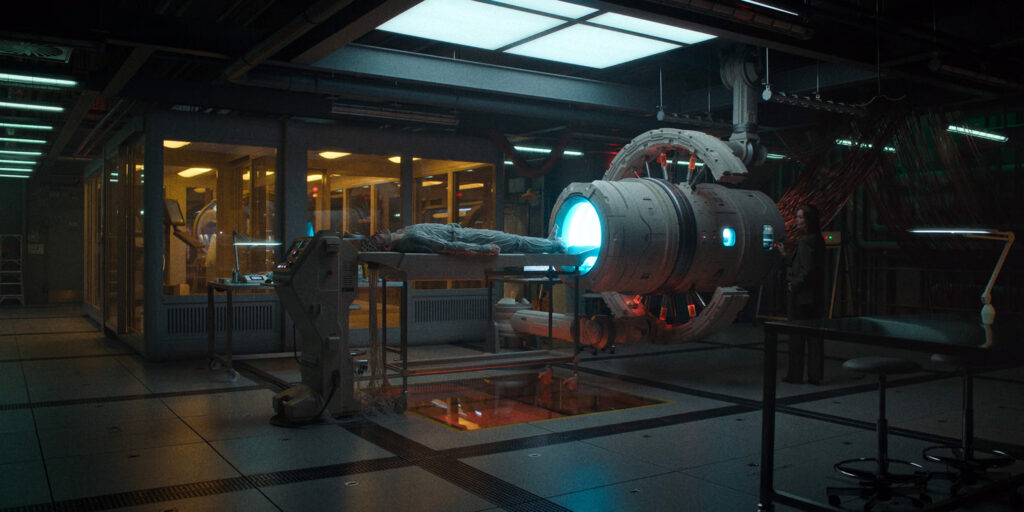
Like Snowpiercer, the film critiques systemic exploitation, where human lives are treated as mere resources. From early agriculture to modern bureaucratic jobs, the exploited remain trapped in cycles of labor, often under the illusion of security.
Films like Roma and Days of Heaven expose these inequalities, questioning the morality of servitude. Whether in domestic work or rural labor, the stark contrast between the privileged and the exploited underscores the persistence of these power dynamics.
Ultimately, debt—real or artificial—serves as a leash, forcing individuals into submission. It becomes a tool of control, compelling people to accept roles that sustain the very system that oppresses them.
Existentialism and Purpose
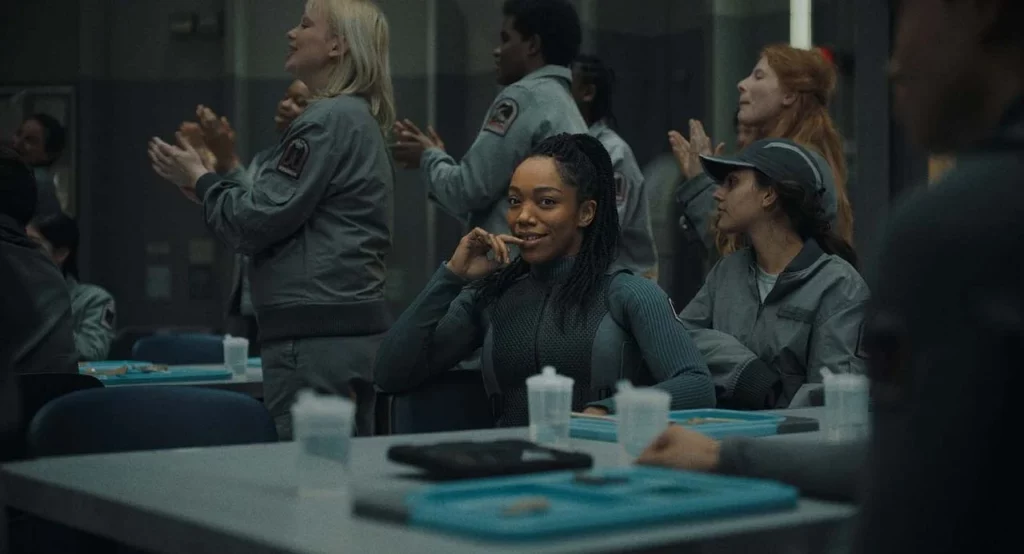
If death isn’t permanent and survival is just a cycle of replacement, what does life mean? This existential question runs throughout the novel and film. Mickey’s situation forces him to confront the idea that meaning doesn’t come from mere existence—it has to be actively created.
This ties into the modern dilemma of people living repetitive, unfulfilling lives. Just like Mickey, many individuals today go through cycles—working, consuming, and repeating—within many generations without truly questioning whether their existence holds meaning beyond their function in the system.
To achieve this, society has devised numerous ways to exploit this false sense of meaning, offering placebos like consumption, symbols and fake adventures as substitutes.
Mickey 17’s Mother
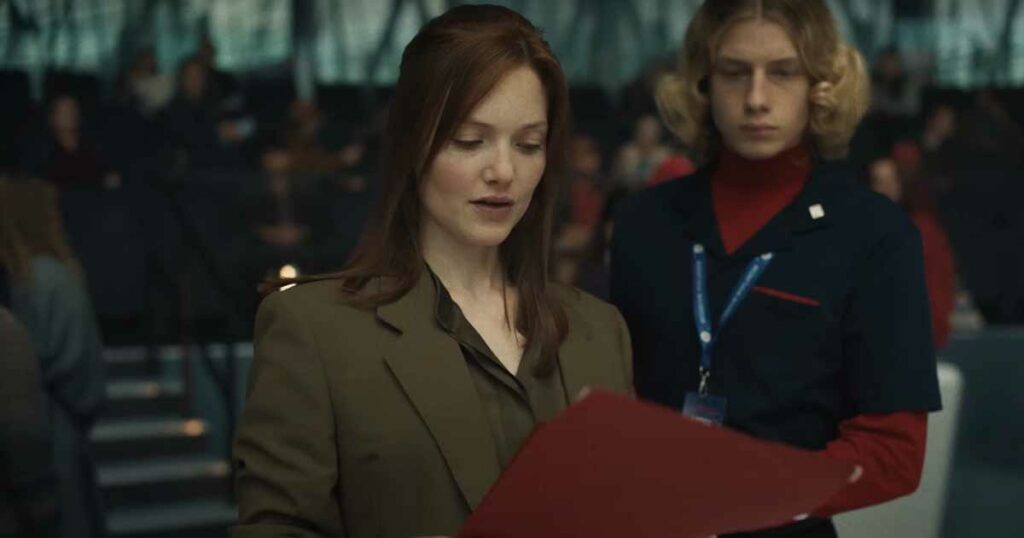
The plot subtly hints that the red-haired woman urging Mickey to sacrifice himself as the ultimate act of trust in the system might be his printed mother. This suggestion arises from the nostalgic scent of her shampoo, which evokes memories for Mickey (the scent of the cult that Kai also wears). Additionally, in the scene where he enters the car that is destined to crash, his mother appears strikingly similar, wearing the same khaki color, also having red hair, reinforcing this possible connection.
This scene highlights how oblivious parents often push their own children into systemic exploitation, unknowingly trapping them in a cycle of sacrifice. Generation after generation, they are conditioned to conform, with no descendant ever truly breaking free from the cycle.
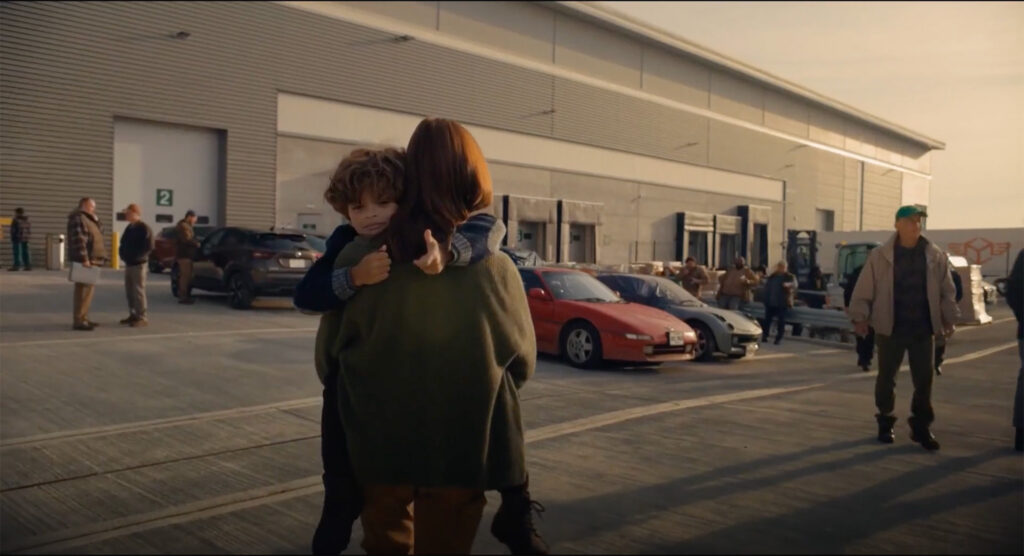
Another possible and simple theory is that these memories are artificially implanted, as the previous scene shows Mickey wearing the helmet designed to save his memories. Furthermore, his narration appears inconsistent—he claims to be returning from the supermarket, yet he is in what looks like a logistics platform with no groceries in sight, with his mother is saying hello to workers. Additionally, the car resembles an NSX with the driver’s seat on the right side, adding to the eerie sense that these memories might not be entirely real.
The red-haired woman is likely the head of the human printing program, and it’s implied that she genuinely lost her own child in an accident—an event that may have driven her to pursue and expand this project. Notably, the “son” has curly hair, unlike Mickey, hinting that it’s not him in these memories.
The Red Button
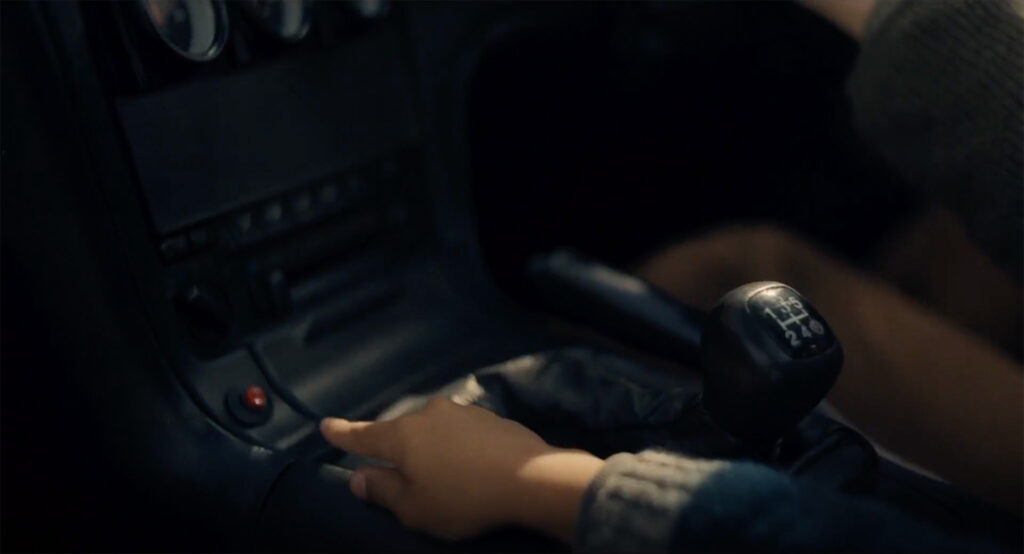
The Red Button theory suggests that this entire implanted memory functions as a mechanism to suppress rebellion, leveraging the illusion of guilt and responsibility to keep individuals compliant and deter any form of resistance.
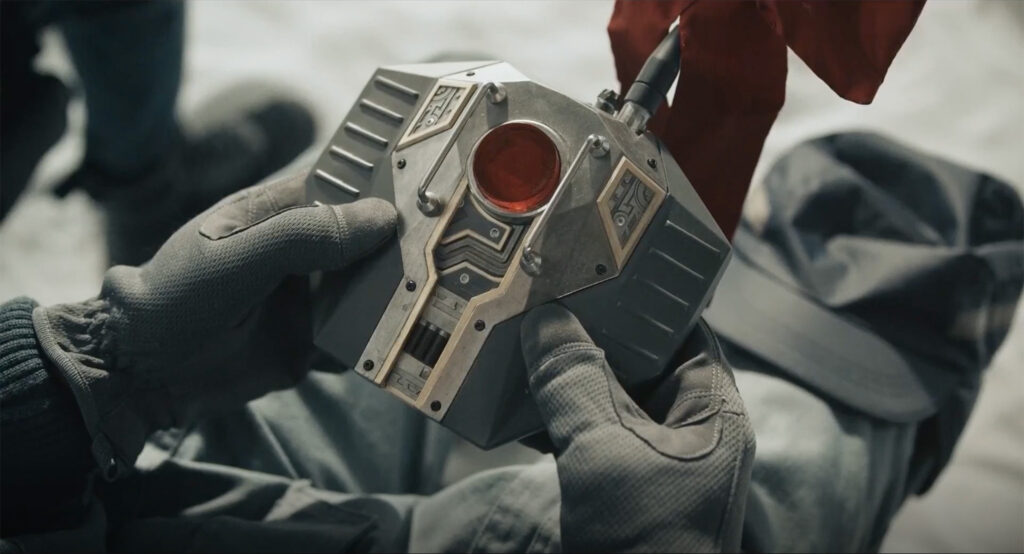
The Red Button serves as a metaphor for the catalyst of change. At the end, Mickey 18 presses the white button to activate the bomb, kill Kenneth and sacrifices himself in the process, while Mickey 17 uses a red button to destroy the printer, thereby halting the cycle of exploitation.
Survival vs. Humanity
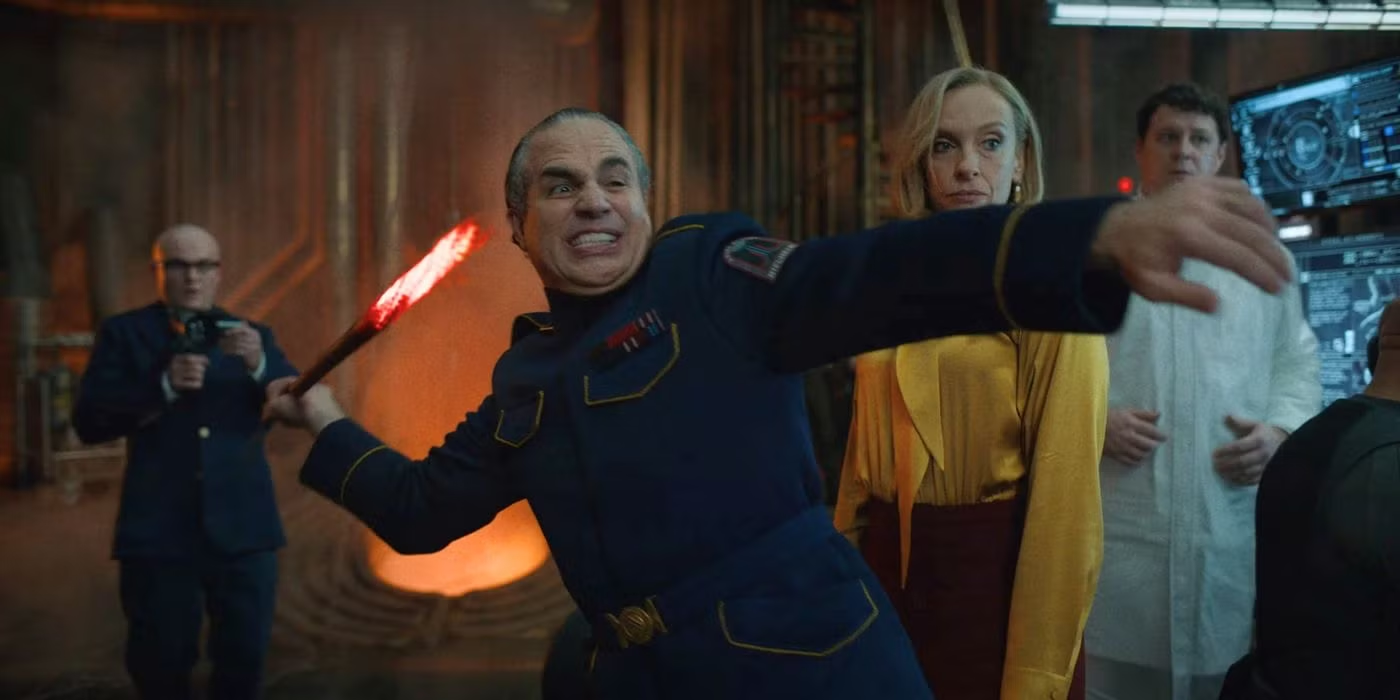
The tension between survival and maintaining one’s morality is central to the narrative. Mickey’s struggle reflects a broader critique of how individuals are forced to compromise their identity under oppressive systems.
The story also serves as a sharp satire of colonization, highlighting the historical and ongoing exploitation of indigenous populations. It critiques how capitalism and expansionist ideologies dehumanize entire communities, treating them as obstacles or resources to be extracted.

Beyond land, colonization is ultimately about control. Mickey’s treatment mirrors how societies justify exploitation by devaluing those they oppress. Ironically, the indigenous population often emerges as morally superior, challenging the very system that seeks to dominate them.
The Induced Dual Morality of Citizens
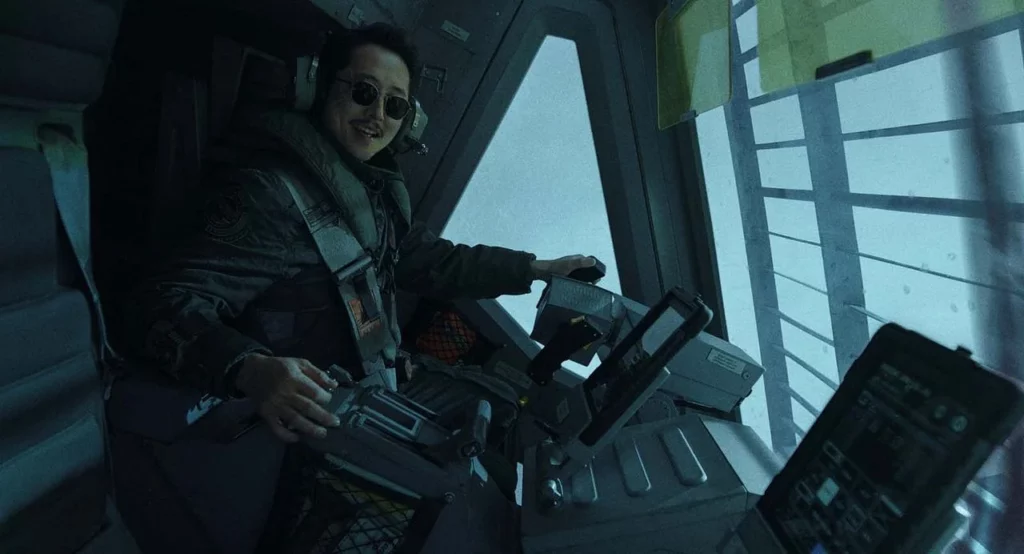
In Mickey 17, Steven Yeun’s character, Timo, portrays the unscrupulous friend who will go to any lengths to survive and succeed, even if it means selling drugs and betraying his friends.
Figures like Timo often serve as representations of how moral decay seeps through all levels of society, from the top down. In a world where systems of power are inherently exploitative, individuals like Timo resort to unethical behavior—cheating, betraying others, and prioritizing self-interest—as a means of survival.
In this environment, integrity becomes a luxury few can afford, and morality is often compromised in the pursuit of self-preservation. Timo’s actions highlight the deeper issue: a society where exploitation is so ingrained that the only way to escape its grasp is by embracing the very tactics that perpetuate it.
The Dinner Scene
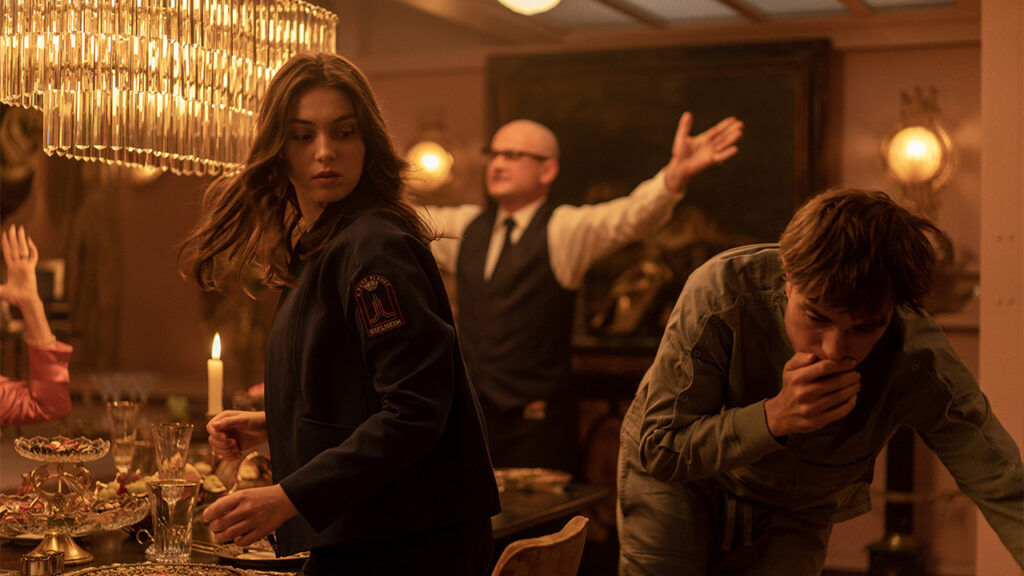
The dinner scene is laden with symbolism. Initially, the lavish dinner reflects how, much like in Snowpiercer, people can be easily corrupted by indulgence and luxury.
Kenneth Marshall is essentially a puppet, dependent on his wife to make decisions for him. They view themselves as superior and seek to establish a new colony by using Kai Katz as genetic material for reproduction, driven by her beauty and displaying eugenic tendencies.
During the dinner, Mickey, who may have unknowingly consumed tainted process meat and administered test drug—potentially a reference to the COVID vaccine—is forced to hide his pain in order to avoid being terminated.
The Sauce
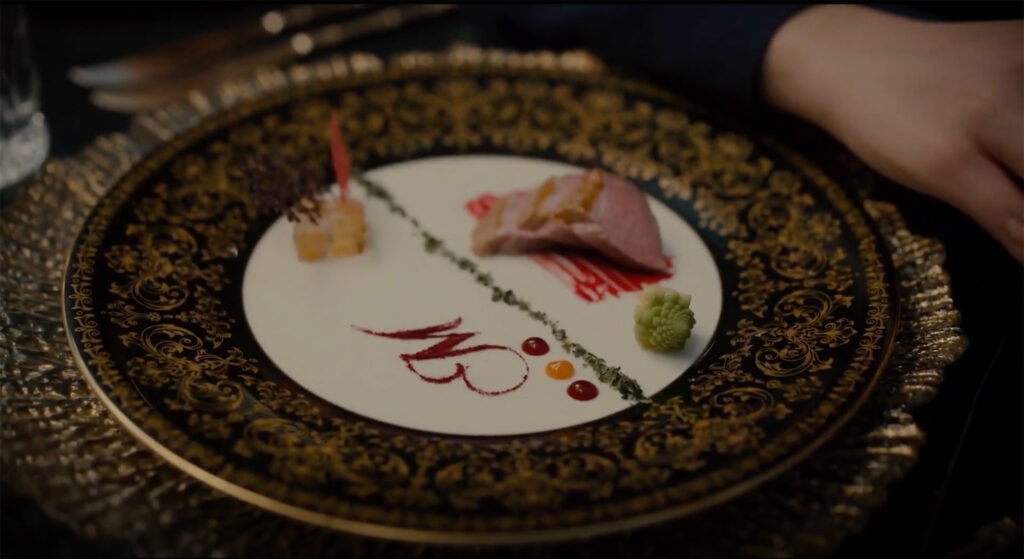
In Mickey 17, the Sauce represents something superficial and nonessential, serving as a distraction—much like the concept of “bread and circuses,” which symbolizes how food and trivial pleasures are used to divert attention from more pressing issues.
It functions as a powerful metaphor for the endless cycle of consumerism, superficial progress, and artificial experiences that society glorifies while stripping individuals of true freedom and autonomy. Just as civilizations endlessly chase the next trend, product, or technological advancement under the illusion of progress, Ylfa and Kenneth Marshall in Mickey 17 are obsessed with perfecting the Sauce.
Ylfa encapsulates this notion when she states that a true masterpiece is a sauce so irresistible that even an ignorant cretin like Mickey 17 would appreciate it. This suggests that the pursuit of the Sauce, much like the pursuit of mass appeal or psychological manipulation in modern society, is not about genuine value but about manufacturing desire—even for those who lack the discernment to understand what they are consuming and sacrificing in exchange.
The many faces of evil
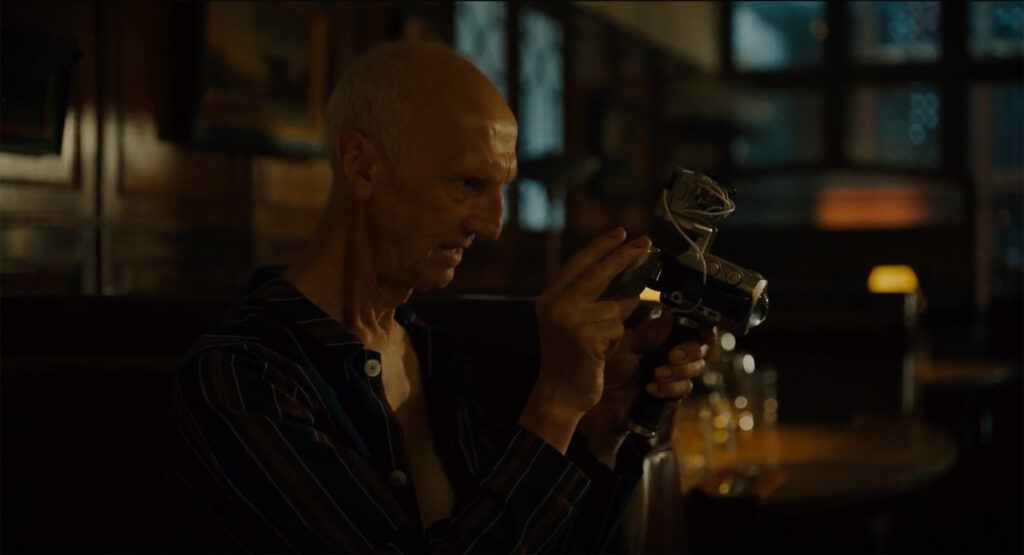
“Mickey 17” offers a nuanced exploration of evil through its diverse cast of morally compromised characters, each representing a distinct archetype of corruption:
Timo embodies the opportunistic survivor—the petty con artist whose sense of morality is fluid. He’s not driven by malice but by desperation. His willingness to betray friends or sell drugs doesn’t stem from cruelty, but from a relentless instinct to adapt and survive in a system rigged against the powerless. He represents the everyday compromise, the grey zone where moral lines blur under pressure.
Darius Blank stands in stark contrast as the face of unapologetic villainy. A classic psychopath, he operates in the shadows of organized crime, running an underworld empire with no attempt to disguise his cruelty. Blank doesn’t rationalize his behavior—he revels in power and fear. His evil is raw, violent, and undisguised, representing the chaos and predation that exist outside societal norms.
Kenneth Marshall, however, is the most insidious kind of evil—the one hidden within the system. Cloaked in the language of progress and social justice, he manipulates idealistic rhetoric to justify authoritarian control and exploitation. His brand of evil is polished and institutional, rooted in a desire to engineer a utopia that serves the elite. He embodies how ideology—when corrupted—can be weaponized to pacify dissent and perpetuate systemic oppression.
Endless Cycles of Control
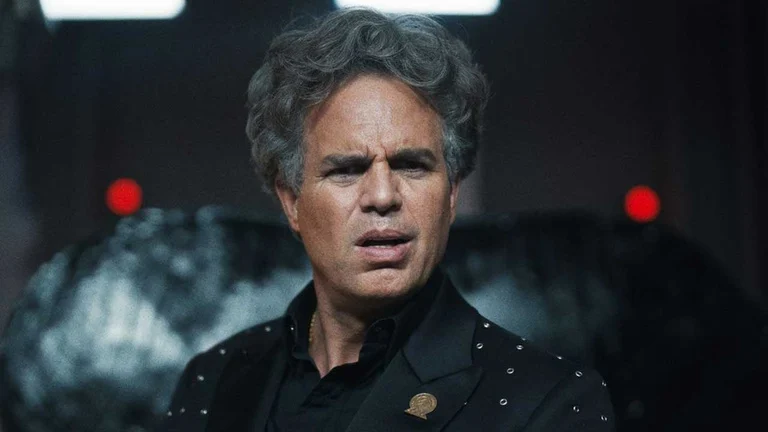
In Mickey 17, the concept of printing Kenneth Marshall symbolizes the relentless, cyclical nature of exploitation and control. No matter how many times Mickey, or others like him, attempt to escape or rebel against their circumstances, the system of power that exploits them keeps regenerating itself.
It reflects the futility of trying to break free from an oppressive system that continually re-establishes itself, whether through new individuals, new methods, or a persistent return to the same patterns of control. This theme highlights the never-ending battle between the oppressed and the structures that perpetuate their subjugation.
Due to the immoral and power-hungry nature of humanity, those who hold power inevitably seize it and exploit others repeatedly, creating a never-ending cycle.
Conclusion
At its core, Mickey 17 critiques a world where human life is treated as a disposable resource, forcing individuals into cycles of survival at the cost of autonomy. The film challenges readers to question whether they are truly living or merely existing within an exploitative system.
Through Mickey’s journey, the story explores themes of identity, morality, and power, exposing the harsh realities of self-preservation and sacrifice. It highlights how societal structures, driven by capitalism and control, reduce individuals to mere functions, stripping them of their value.
Ultimately, Mickey 17 serves as a stark commentary on human existence, urging viewers to reflect on the systems that define their lives. It questions the nature of freedom and morality in a world where compliance leads to exploitation, while resistance comes at a cost.


GIPHY App Key not set. Please check settings